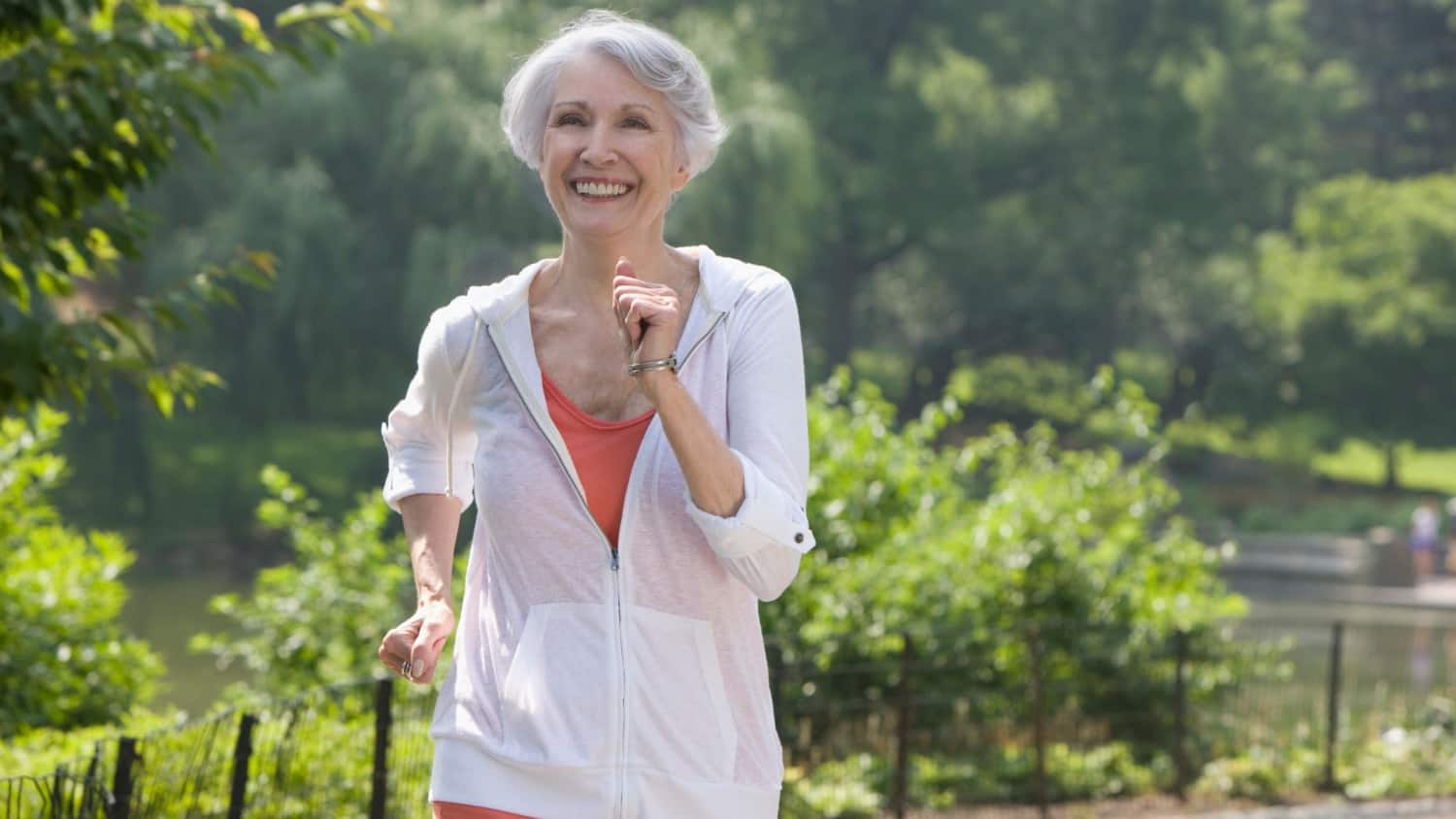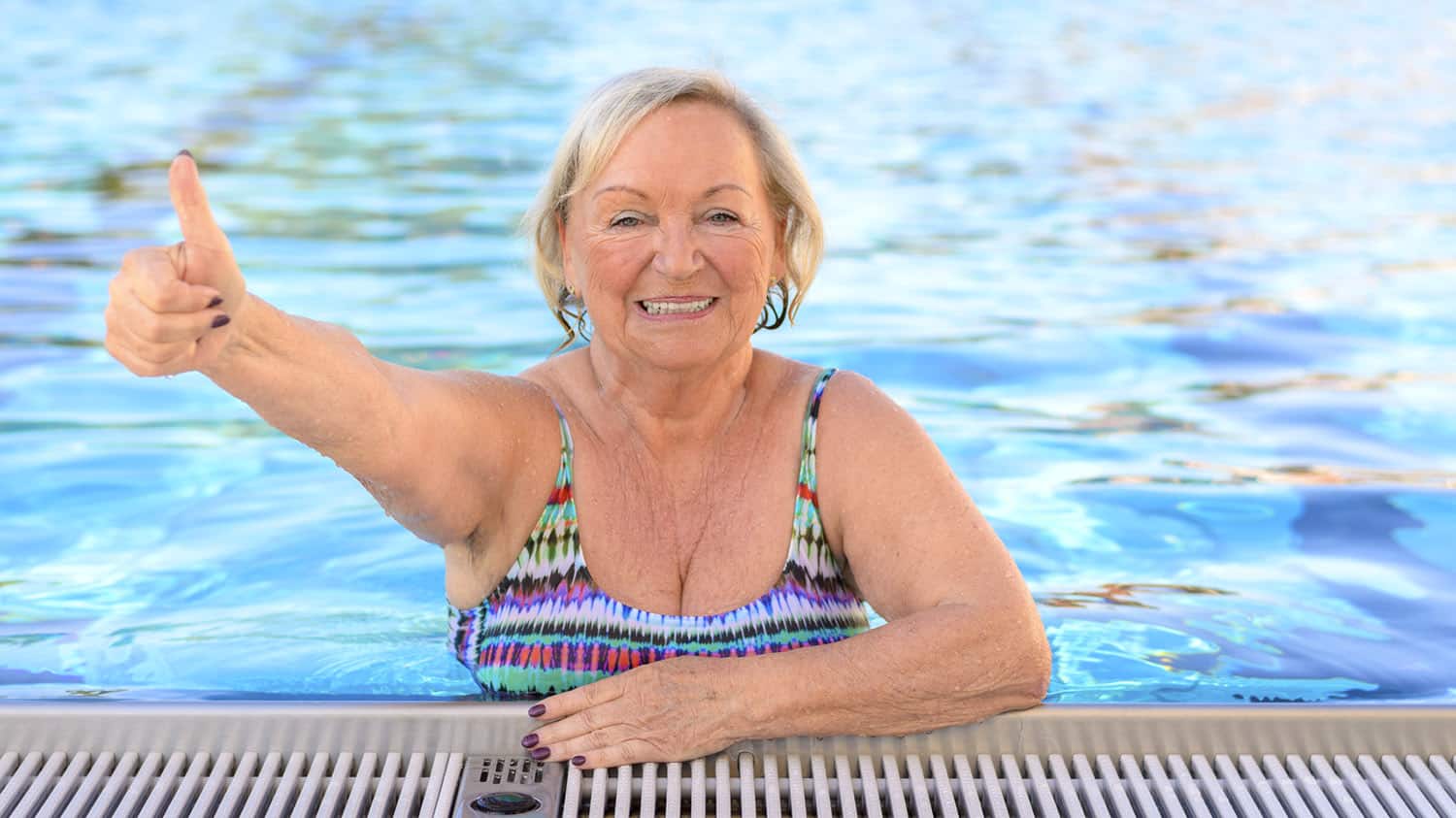
Do You Exercise with Weight Loss in Mind?
Is weight loss the goal of your exercise routine, and what are the other benefits of moving your body?
Why Do We Exercise?
In truth, people exercise for various reasons. Some do it to feel good. For others, the purpose is bone strength or flexibility. Quality of life, weight loss, and building social connections are also among the most common reasons.
There are also many reasons people don’t exercise, and it’s not because they are lazy. These include:
- Fear of looking silly or of negative judgment.
- Fear of injury.
- Health conditions that may require special type of exercise.
- Little or no knowledge about the benefits.
- Mental health problems.
- Limited financial abilities.
- Boredom caused by repetitive exercise.
Let’s break down one of the biggest reasons people may begin an exercise routine: weight loss.
Exercising for Weight Loss Is the Wrong Approach
In my occupation as a fitness professional, working out and weight loss go together, like tuna and salad. However, a weight loss goal isn’t usually enough to keep us on track in maintaining an exercise routine.
But why is that?
If we begin an exercise program with weight loss the only goal and focus, and it doesn’t happen fast enough, or plateaus, we become despondent, frustrated, and lose interest. Thus, we miss out on other numerous and positive benefits of exercise.
There is increasing evidence that we, as a global population, are NOT meeting the exercise requirements put forth by our governments.
An Australian survey suggests over 50% of the population doesn’t get enough daily exercise. It also cites that 75% of people over 65 don’t meet the 30 min a day requirement of moderate-intensity exercise.
That’s a HUGE concern and one we shouldn’t take lightly.
Exercise Is a Bomb of Health Benefits
Let’s take the words “weight loss” out of the equation for a minute.
If we moved our bodies and incorporated an ongoing exercise routine into our lives, this is what the health benefits could look like:
- Increased cardiovascular (heart) health.
- Improved muscle strength.
- Increased bone density.
- Prevention of type 2 diabetes.
- Better management of blood pressure, cholesterol, and blood sugar levels.
- Improved balance and coordination.
- Enhanced mental health.
- Improved social health.
- Reduced risk of falls.
- Increased flexibility and mobility.
These are all amazing reasons to exercise, and there are many more. It is time to take charge of our health and refocus on the overall benefits exercise brings. And if you lose weight along the way – that is a side effect of exercise.
So How Do We Reach Those Targets?
The best way to increase and improve on your progress is a slow build up, day by day, especially when starting a new exercise program.
- Get up from your desk every 45 min and do a few steps around your office.
- Take more opportunities to get out of your chair by grabbing a glass of water or running an errand for a colleague, rather than phoning or emailing it.
- Park the car further away from the shops.
- Take the stairs.
- Walk or cycle, if possible, instead of driving the car or using motorised transport.
- Go to a mall and walk the shops.
- Try a group class.
- Stand up and sit down a few times while watching television.
- Whilst preparing dinner, do some side-to-side steps in the kitchen.
- Put your favourite dance track on and dance!
- For those who get bored with any fitness regime, it’s important to challenge the brain with varied exercises and movements.
The Recommended Physical Activity Guidelines
The Australian government has created guidelines for recommended physical activity by age. Let’s take a look at what we should be doing to maintain our health.
Adults 18–64 Years
- Doing any physical activity is better than doing none. Start by doing a few exercises and gradually build.
- Be active daily, if possible.
- Accumulate 150 to 300 minutes (2 ½ to 5 hours) of moderate-intensity physical activity or 75 to 150 minutes (1 ¼ to 2 ½ hours) of vigorous intensity physical activity, or an equivalent combination of both moderate and vigorous activities, each week.
- Do muscle strengthening activities at least 2 days a week.
- Minimise the time spent in prolonged sitting.
- Break up long periods of sitting as often as possible.
Adults 65 and Over
Being physically active for 30 minutes every day is achievable, and even a slight increase in activity can make a difference to your health and wellbeing.
- Older people should do a form of physical activity, no matter what their age, weight, health problems, or abilities.
- Adults over 65 should be active every day in as many ways as possible, doing a range of physical activities that incorporate fitness, strength, balance, and flexibility.
- As an older person you should accumulate at least 30 minutes of moderate-intensity physical activity on most, preferably all, days.
- Older people who have stopped physical activity, or who are starting a new physical activity, should start at a level that is easily manageable and gradually build up the recommended amount, type, and frequency of activity.
- Older people who continue to enjoy a lifetime of vigorous physical activity should carry on doing so in a manner suited to their capability into later life, provided they adhere to recommended safety procedures and guidelines.
Move your body regularly because it feels good. Your health goals will be reached if you practice a sustainable and consistent movement program.
Interested in starting a new exercise and body movement routine and reap the health benefits? You can download my ‘Exercise guide for a strong body’.
Why do you exercise? What is your health goal? How do you achieve it? What is your favourite way to exercise? Please share the benefits of exercise that you have noticed in your life.
Tags Fitness Over 60






